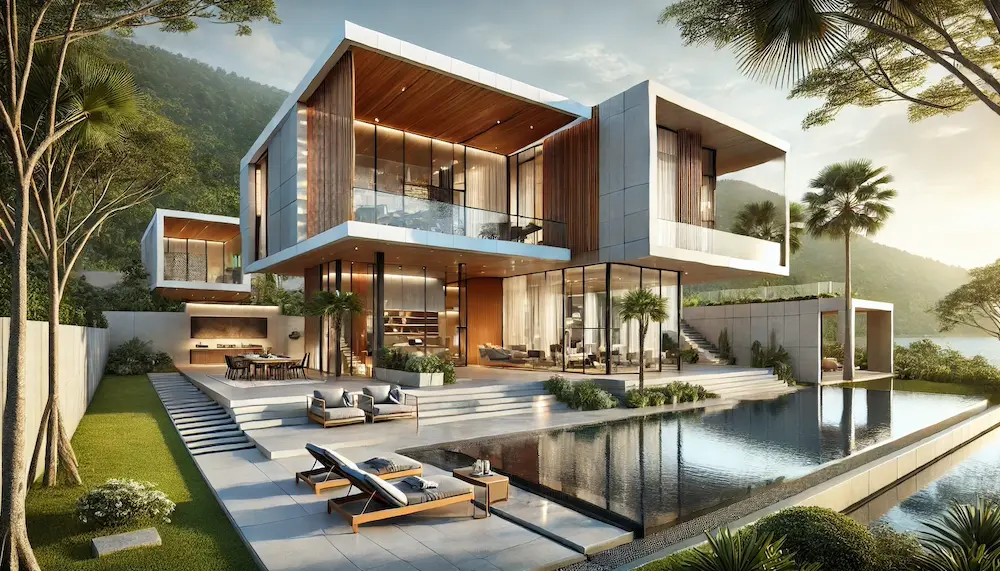Contemporary villas epitomize the fusion of modern design principles with luxurious living, emphasizing functionality, sustainability, and seamless integration with nature. This article explores the essence of contemporary villas, their historical evolution, defining features, applications, and key considerations for prospective homeowners.
Introduction to Contemporary Villas
A contemporary villa embodies the latest architectural trends, focusing on simplicity, open spaces, and harmony with the environment. These residences prioritize clean lines, innovative materials, and state-of-the-art technology to create comfortable and aesthetically pleasing living spaces.
History and Origins of Contemporary Villas
The villa concept dates back to ancient Rome, serving as luxurious country estates for the elite. Over centuries, the design evolved, influenced by various architectural movements. In the 20th century, modernist architects like Le Corbusier revolutionized villa design by introducing principles that emphasized functionality and minimalism. His Villa Savoye is a prime example, showcasing open floor plans and a strong connection with the surrounding landscape.
Key Features of Contemporary Villas
Contemporary villas are characterized by several distinctive elements:
- Open-Concept Living Spaces: Eliminating unnecessary walls to create fluid, adaptable interiors that enhance natural light and spatial flexibility.
- Integration with Nature: Utilizing large glass windows and seamless indoor-outdoor transitions to connect residents with their natural surroundings.
- Sustainable Design: Incorporating eco-friendly materials, energy-efficient systems, and green technologies to minimize environmental impact.
- Minimalist Aesthetics: Emphasizing clean lines, uncluttered spaces, and a focus on functionality over ornamentation.
- Technological Integration: Equipping homes with smart systems for enhanced convenience, security, and energy management.
Applications of Contemporary Villas
Contemporary villas serve various purposes, including:
- Private Residences: Offering personalized luxury tailored to individual preferences.
- Vacation Homes: Providing serene retreats that combine modern amenities with picturesque locales.
- Boutique Hospitality: Serving as exclusive accommodations that offer guests a blend of privacy and high-end design.
Considerations When Choosing a Contemporary Villa
When selecting or designing a contemporary villa, consider the following:
- Location: The setting should complement the villa’s design and meet lifestyle needs, whether in urban, coastal, or rural environments.
- Architectural Style: Ensure the design aligns with personal aesthetics and functional requirements.
- Sustainability: Evaluate the incorporation of eco-friendly features and energy-efficient technologies.
- Budget: Consider construction, maintenance, and potential customization costs.
- Legal Regulations: Be aware of local building codes, zoning laws, and environmental regulations that may impact design and construction.
Conclusion
Contemporary villas represent the pinnacle of modern residential architecture, blending historical influences with innovative design to create luxurious, functional, and sustainable living spaces. Understanding their key features and considerations is essential for those looking to invest in or design a contemporary villa that reflects their lifestyle and values.
